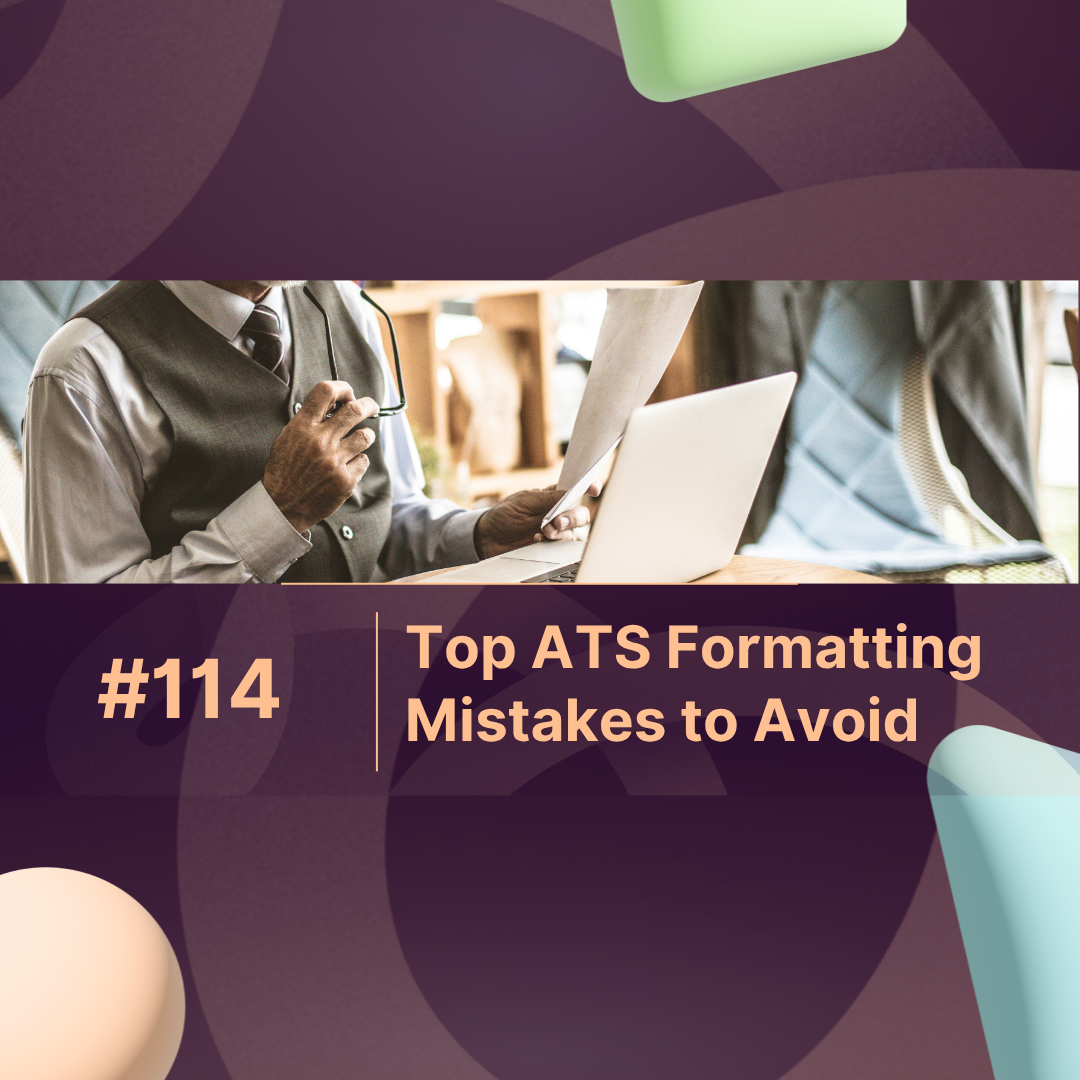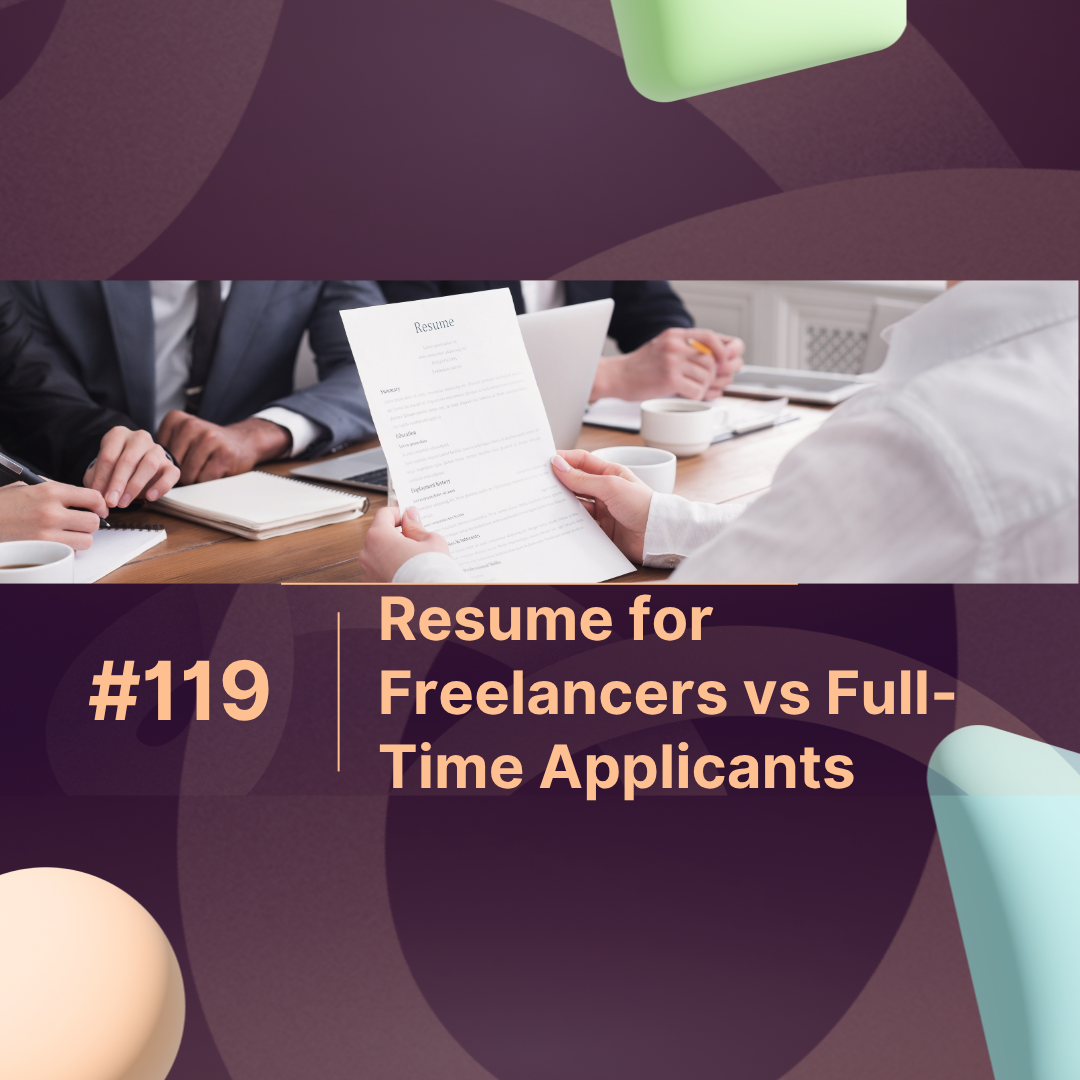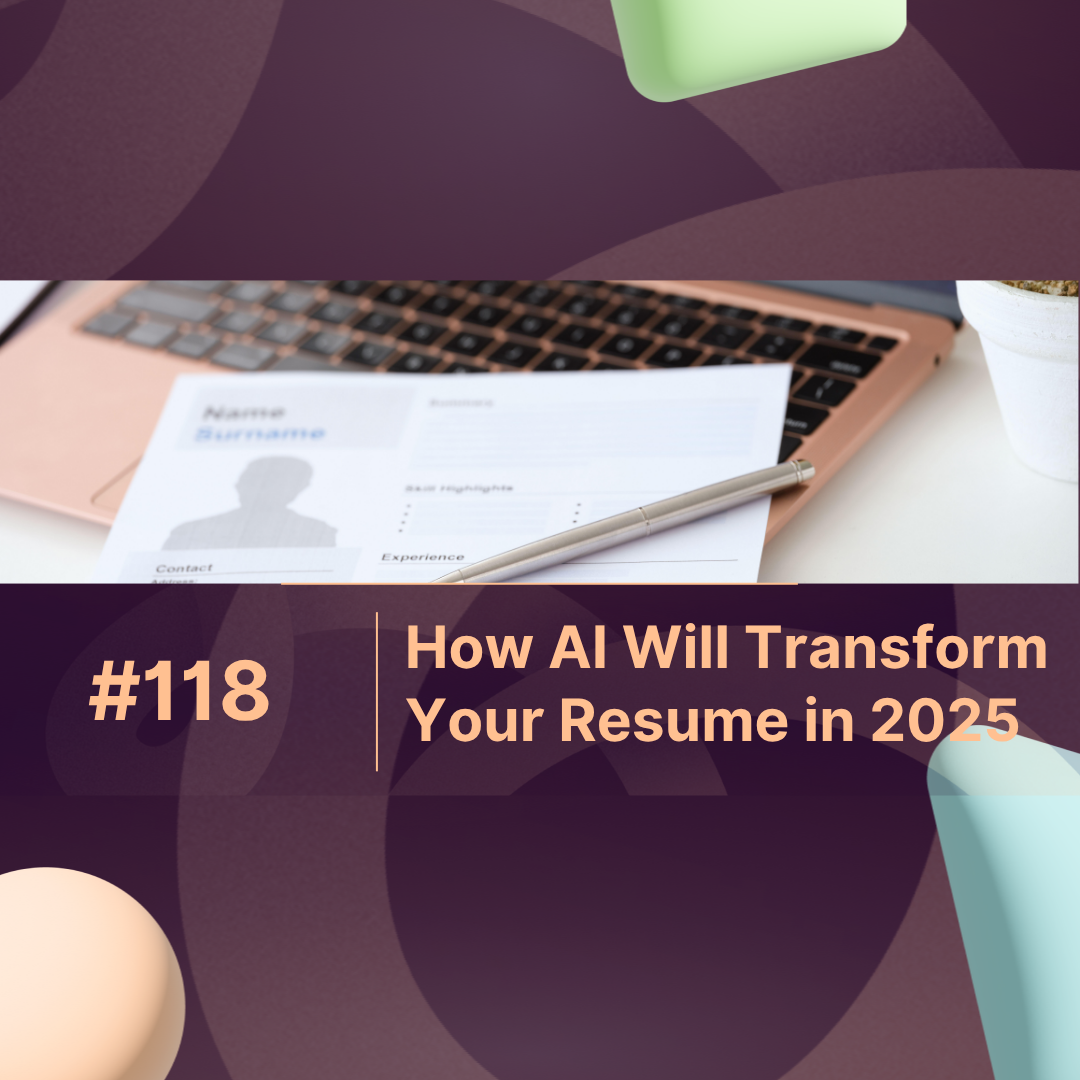Overview
Did you know that more than 75% of resumes are rejected by Applicant Tracking Systems (ATS) before a human ever sees them? The culprit isn’t always lack of skills it’s often ATS formatting mistakes that make your resume unreadable to automated systems.
If you’re applying online and not getting interview calls, your resume might not be reaching recruiters at all. This guide breaks down the most common ATS formatting mistakes, why they matter, and how you can fix them to make sure your resume gets noticed for the right reasons.
What Is an ATS and Why Formatting Matters
An Applicant Tracking System (ATS) is software used by recruiters to filter, scan, and organize job applications. It looks for keywords, structure, and formatting clues to determine whether your resume matches the job description.
When your resume has design-heavy elements or unreadable layouts, the ATS can’t extract key information — meaning your experience, education, or achievements might get lost.
The truth? Even a perfectly qualified candidate can be rejected if their resume isn’t ATS-friendly.
The Most Common ATS Formatting Mistakes (and How to Avoid Them)
Below are the top ATS formatting mistakes job seekers make and how to fix them quickly.
| Mistake | What It Does | How to Fix It |
|---|---|---|
| Using tables, columns, or text boxes | Confuses the ATS parsing system | Stick to a single-column layout |
| Including graphics, logos, or icons | Makes text unreadable to scanners | Use plain text for contact info |
| Submitting PDFs from design tools (like Canva) | Some ATS systems can’t read embedded text | Save as text-based PDF or Word (.docx) |
| Using fancy fonts (e.g., Script or Decorative) | Breaks character recognition | Stick to Arial, Calibri, or Times New Roman |
| Writing headers and footers | ATS may skip those sections | Place all important info in the main body |
| Overloading with keywords unnaturally | Triggers spam filters or hurts readability | Integrate relevant keywords naturally |
| Omitting section headers (like “Experience”) | Makes it hard for ATS to categorize info | Use standard headings like “Experience,” “Education,” “Skills” |
How to Format a Resume That Passes Any ATS
1. Use Standard File Types
The safest formats are .docx or text-based PDFs. Some ATS tools struggle with scanned documents or creative PDF layouts.
2. Keep the Layout Simple
Avoid design-heavy templates. A clean, single-column structure ensures the ATS can read every section correctly. Tools like MaxProfile’s smart resume parser (used by modern hiring teams) can help validate your formatting before submission.
3. Optimize Section Headings
ATS systems rely on clear markers. Use standard headings like “Work Experience,” “Skills,” and “Education.” Avoid creative alternatives like “Career Story” or “My Journey.”
4. Use Keyword Strategy the Smart Way
ATS systems match keywords from the job posting. Mirror the terminology — for example, use “Project Management” instead of “Leading Teams,” or “CRM Software” instead of just “Sales Tools.”
5. Avoid Hidden Formatting
Copying text from other documents or websites can add invisible formatting code that confuses ATS. Always paste content into a plain-text editor first, then reformat it.
Why ATS Formatting Mistakes Cost You Opportunities
When your resume isn’t optimized for ATS, your application might:
-
Never reach the recruiter’s inbox
-
Display incomplete information (like missing job titles or dates)
-
Get automatically filtered as “non-matching”
-
Reduce your chances of being shortlisted by up to 60%
In other words, even if you’re the best candidate, the system might never know it.
Recruiters today rely on digital parsing to handle thousands of applications, and platforms like MaxProfile enhance the process by reading clean, structured resumes efficiently. The goal isn’t to beat the system it’s to speak its language.
ATS-Friendly Resume Checklist
Before you hit “Submit,” run through this quick checklist:
Save in .docx or text-based PDF format
Stick to simple fonts (Arial, Calibri, Times New Roman)
Use standard section headings
Avoid graphics, columns, and text boxes
Include keywords naturally
Double-check for hidden formatting or typos
Conclusion
Your resume’s design might impress humans, but if the ATS can’t read it, it’s as good as invisible. Avoiding ATS formatting mistakes ensures your experience, achievements, and skills are actually seen and not lost in the algorithmic void.
The takeaway? Keep it clean, keep it clear, and keep it consistent. With an ATS-friendly resume, you’ll not only pass the first filter but also position yourself as a professional who understands how hiring really works today.
FAQs About ATS Formatting Mistakes
1. What is the biggest ATS formatting mistake job seekers make?
The most common mistake is using tables, text boxes, or multi-column layouts. These confuse most ATS scanners and break the resume’s structure.
2. Can I use graphics or icons in an ATS resume?
No. Graphics, images, and logos are not readable by ATS software. Stick to plain text only.
3. Should I use a PDF or Word file for ATS resumes?
Most modern systems accept both, but Word (.docx) is the safest. Some PDFs from design tools may cause parsing errors.
4. How do I know if my resume is ATS-friendly?
You can test it using an online ATS scanner or professional platforms like MaxProfile, which simulate real ATS parsing and show what recruiters will see.
5. How can I make my resume both ATS-friendly and attractive?
Use clean formatting for the main version (for online applications) and a designed version for direct email or interviews. The goal is clarity, not complexity.



